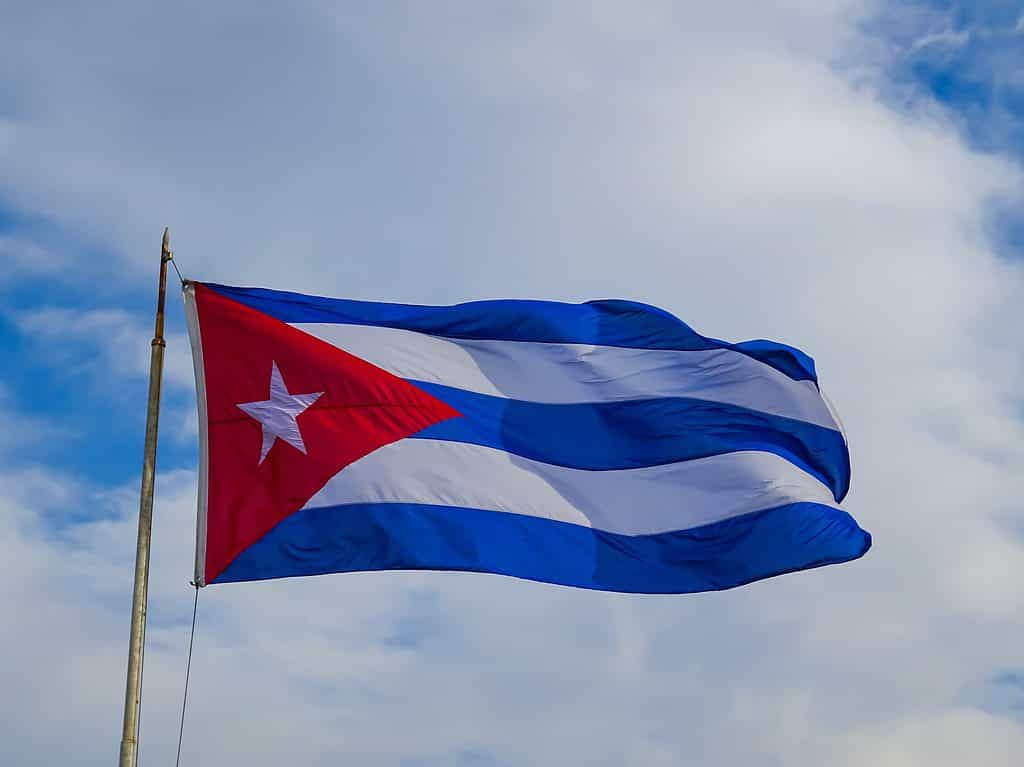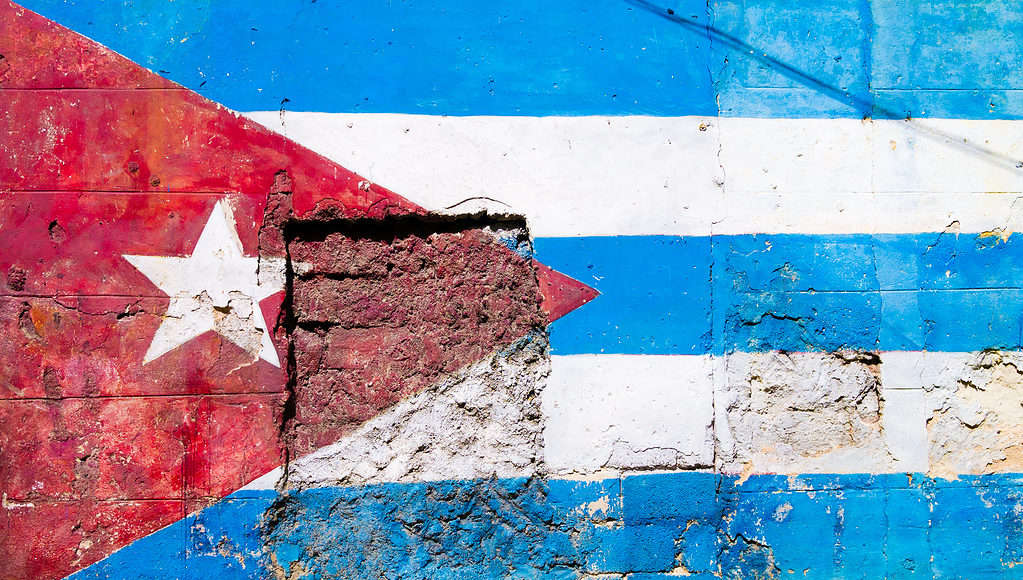Cuba is officially called the Republic of Cuba. It is a beautiful island country that includes the main island of Cuba, the Isla de la Juventud, and several small archipelagos. The largest city in Cuba is Havana, which is also the capital city. The population of Havana is 2.3 million residents. The population of the country of Cuba is 11 million, making it the 2nd most populous country in the Caribbean. The big island of Cuba is 780 miles long and is the largest area of land in the country.
Cuba is part of Latin America and has a rich and diverse background. It is a melting pot of cultures from all over Spain and Africa, as well as the indigenous Tainos culture. The official language is Spanish, but residents also speak Yoruba, Haitian Creole, Galician, and Corsican. The cuisine in Cuba is a delicious mixture of Caribbean and Spanish cooking.
The 4,200 islands of Cuba are in the northern part of the Caribbean Sea. The climate is tropical, and the temperatures are determined by trade winds blowing from the northeast and currents bringing warm water up from the equator. The dry season is from November to April, with temperatures around 70°F, and the rainy season lasts from May to October with an average temperate of 81°F. Hurricanes and tropical storms often affect this area.
Flag of Cuba: Description

The Cuban flag features three horizontal blue stripes with two horizontal white stripes, along with a red triangle and star.
©Giongi63/Shutterstock.com
The flag of Cuba depicts three horizontal blue stripes alternating with two horizontal white stripes. The stripes are of equal length and width. At the left of the flag is a red triangle pointing toward the center. This red chevron extends nearly to the middle of the flag. Inside the red area is a white five-point star, which is one-third the length of the hoist.
Flag of Cuba: History
Miguel Teurbe Tolon designed the flag with the help of Narciso Lopez in 1849. The flag is based on Lopez’s vision for an independent Cuba. Tolons’ wife, Emilia Teurbe Tolon, hand-stitched and embroidered the first flag. This flag was used in 1850 during the first coup attempt against Spanish rulers and was flown during several other conflicts. Cuba became an independent country on May 20th, 1902, and General Maximo Gomez hoisted the flag to mark the end of the Cuban revolution. The flag has remained unchanged ever since.
Flag of Cuba: Symbolism
The blue stripes on the flag stand for the three districts of Cuba at the time: occidental, central, and oriental. The white stripes stand for a pure patriotic cause. The red triangle is a symbol of strength and constancy, as well as a memorial to the blood sacrificed by patriots. Triangles are also Masonic symbols for equality and fraternity. The white star stands for independence and freedom.
Independence Day in Cuba

The Cuban flag painted on this Havana wall depicts a white star, which stands for independence and freedom.
©Kamira/Shutterstock.com
On October 10th, 1868, Carlos Manuel de Céspedes del Castillo, a sugar mill owner, gave freedom to his slaves and started the independence war against the Spanish, which led to the Ten Years War. The Ten Years’ war is the same as the Great War of ’68 and lasted from October 10th, 1868, to May 28th, 1878. The war resulted in the Pact of Zanjón, which promised that Cuba would have the same status under the Spanish as Puerto Rico and their own representation in parliament. The pact gave freedom to enslaved people and Chinese immigrants and eventually led to the abolition of slavery.
Flag of Cuba: Previous Versions
1521-1843 The Flag of the Cross of Burgundy consisted of a white background with a bright red X reaching to all four corners. The red cross was a saw-toothed Cross of Saint Andrew.
1843-1873 The Flag of Spanish America showed three horizontal stripes. The top and bottom stripes were red, and the thicker middle stripe was yellow. A circle sat in the yellow stripe. The left half of the circle was red, and in it was a yellow castle with blue windows. The right half of the circle was white with a red lion wearing a golden crown. A royal jewel-studded crown was above the circle.
1873-1874 The Flag of the First Spanish Republic was nearly identical to the Flag of Spanish America, but the bejeweled crown above the center emblem was removed. The First Spanish Republic was a political regime in Spain founded after King Amedeo was removed from power. The king’s abdication is the likely reason for the removal of the crown on the flag.
1868-1878 During the Ten Years War, Cuba flew a flag with a solid blue stripe across the bottom. At the top was a second horizontal stripe, half red (left) and half white (right). The left red portion featured a five-point white star.
NEXT UP…
- The Flag of The Netherlands: History, Meaning, and Symbolism
- The Flag of the United States of America: History, Meaning, and Symbolism
- Cuban Boa
The photo featured at the top of this post is © Sehenswerk/Shutterstock.com
Sources
- Archive, Available here: https://web.archive.org/web/20200817232020/https://nava.org/digital-library/raven/Raven_v24_2017_pp001-026.pdf
- Granma.cu, Available here: https://en.granma.cu/cuba/2019-03-21/history-preserved-in-our-national-symbols
- Flag Color Codes, Available here: https://www.flagcolorcodes.com/cuba
- Nacion, Available here: http://www.nacion.cult.cu/en/sobrebandera.htm
- Web 21 Direct, Available here: https://web21direct.pdcnet.org/85257D7A006284F7/file/B99A5B4149F0C49585257DA9005DBFBC/$FILE/raven_2010_0017_0000_0086_0095.pdf
Thank you for reading! Have some feedback for us? Contact the AZ Animals editorial team.






